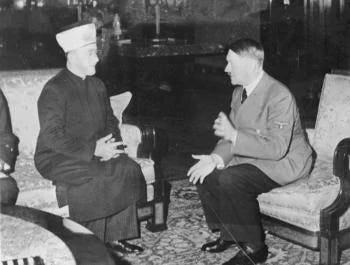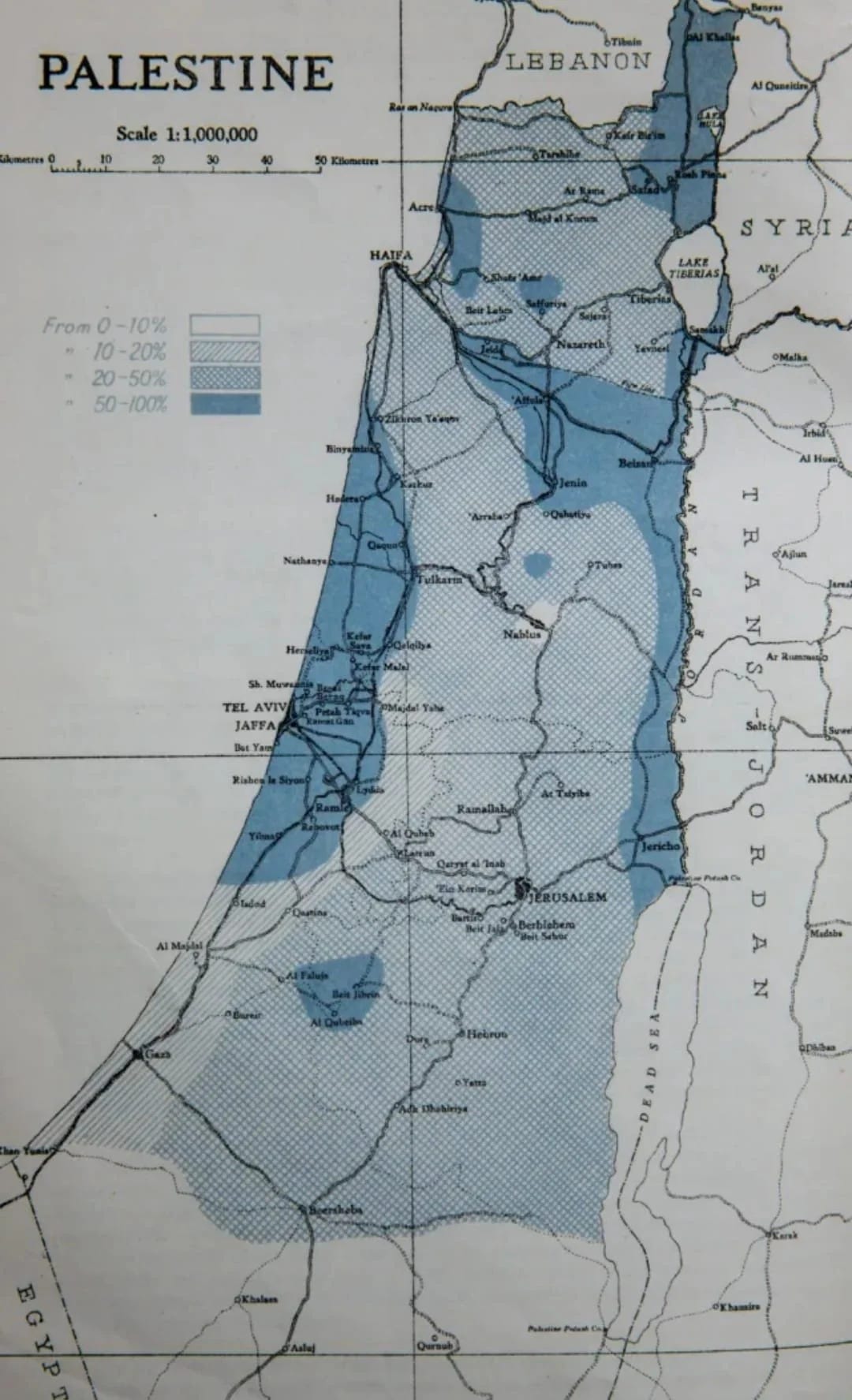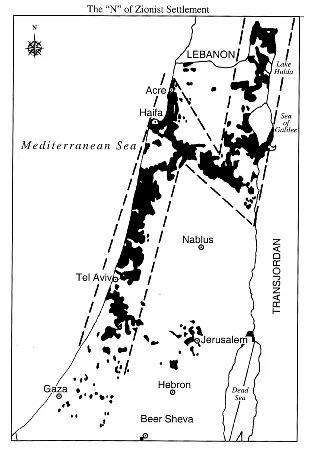The 1920 Nebi Musa riots were violent clashes between Arabs and Jews in Jerusalem from April 4 to 7, 1920, during the annual Nebi Musa religious festival. Rioters attacked Jewish neighbourhoods, resulting in the deaths of five Jews and four Arabs, with hundreds more injured on both sides. This event is widely regarded as the first major outbreak of intercommunal violence between Jews and Arabs in Palestine, marking the start of a new phase of conflict between the two communities.
Haj Amin al-Husseini gave a speech during the festival that incited the violent riots targeting Jews. His exact remarks in the 1920 riots were not recorded, but his speeches often blended traditional Islamic themes with modern antisemitic conspiracy theories. He was later convicted by a British military tribunal as the key agitator and instigator of the violence.
Haj Amin al-Husseini’s reasons for opposing Jews in Palestine were rooted in his interpretation of Islam as being in fundamental conflict with Judaism and Zionism. He saw Jews as a corrupting, subversive force threatening both the spiritual and societal well-being of Arabs and Muslims.
He accused Jews of “immoral and exploitative behaviour,” alleging they would undermine the moral fabric of Arab and Muslim communities.
He promoted the idea of “Jewish corruption,” suggesting Jews sought to dominate through financial manipulation and greed, referring to a “Jewish lust for possessions”.
Al-Husseini compared Jews to disease-spreading pathogens, calling them “spreaders of diseases like the plague” and “microbes,” implying they were a threat to the physical and social health of Arab society.
He warned that Jews aimed to destroy Islamic holy sites, particularly Al-Aqsa Mosque, framing their presence as not only a political but also a religious and cultural danger.
He adopted and spread antisemitic conspiracy theories, including those from The Protocols of the Elders of Zion, alleging Jews manipulated world powers for their own gain.
Counter Argument
There is a belief that the reason the hostilities between the Jews and Arabs started due to tensions around Jews purchasing land from absentee landlords and kicking out Arab farmers and communities.
However, the land that Jews purchased up to 1920 was swamp land with a high malarial presence (50-100%), making that land very difficult to live on and support any significant numbers of Arab communities. Therefore, the available evidence suggests that large-scale displacement would have been relatively limited.
It is also important to remember that Jews brought with them in their migration, financial capital and human capital, which would have caused a boom in the local economy and a need for labour. While some Arabs may have been displaced, many more Arabs would have benefited from those new economic opportunities.



